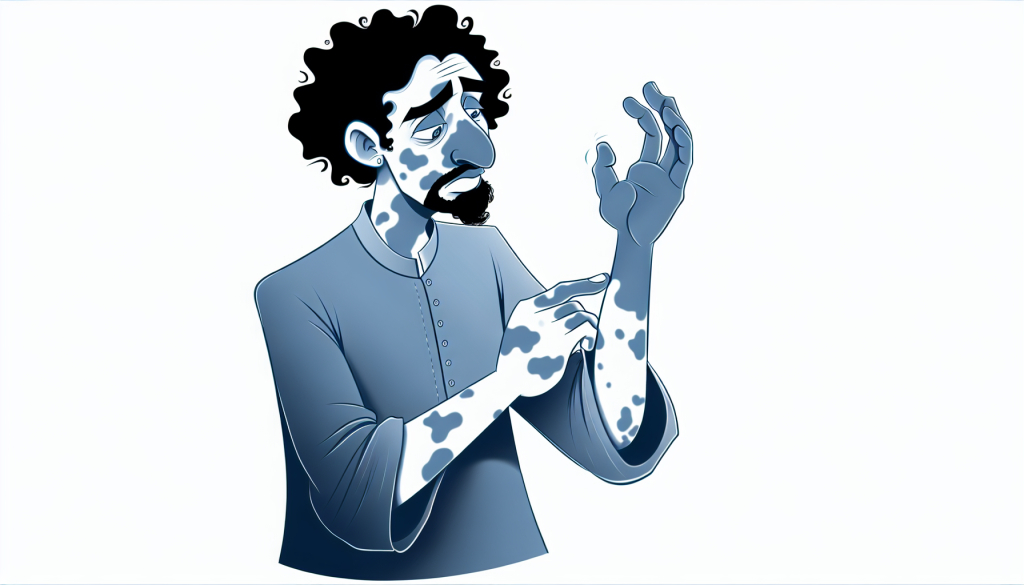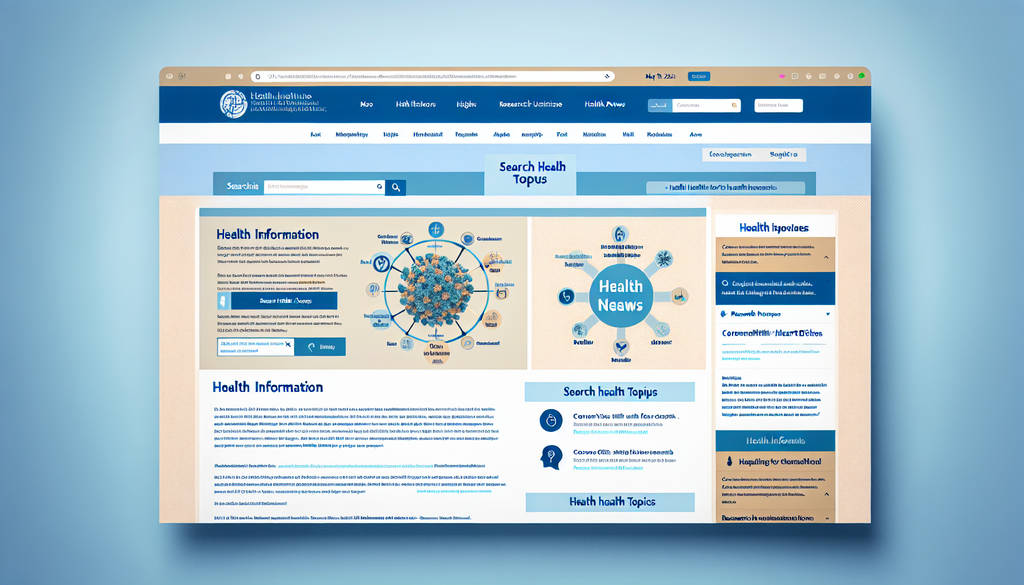Unveiling VEXAS

Understanding a Newly Identified Illness
Researchers have recently identified a rare condition known as VEXAS syndrome, which tends to develop unexpectedly during middle age. This disorder is marked by recurring episodes of inflammation—heat, swelling, and redness—which occur without an obvious cause. Scientists have discovered that the immune system, which typically protects the body, instead turns against the body's own cells in this condition. New studies are working to determine why and how VEXAS begins.
The symptoms associated with VEXAS vary from person to person. Some individuals may experience persistent fevers, skin rashes, or extreme tiredness. In other cases, inflammation can impact various internal organs. This disease frequently involves complications in the blood and bone marrow. It may also affect the lungs, leading to coughing and trouble breathing. (Refer to the Wise Choices section for further symptoms.)
Experts have determined that VEXAS arises from mutations in a gene named UBA1, which is located in blood cells. This gene resides on the X chromosome. Since males have one X chromosome and females have two, a mutation in the only copy of UBA1 in men can lead to the illness. In contrast, women would need mutations in both copies for the condition to develop, making it more commonly found in men.
UBA1 carries the code to produce a protein known as ubiquitin-activating enzyme 1, also called the E1 enzyme. This enzyme is essential for marking damaged or unwanted proteins so they can be eliminated from the body. When the UBA1 gene is altered, the E1 enzyme may not function correctly. As a result, defective proteins can accumulate in cells, which in turn activates the immune system and triggers inflammation.
The gene mutations that cause VEXAS are not inherited from parents. Instead, they develop during a person’s lifetime. DNA replication errors when cells divide or exposure to damaging substances like radiation and chemicals can lead to these genetic changes.
“As we age, all of our cells naturally collect mutations,” explains Dr. David Beck, a genetic researcher at New York University who played a role in identifying VEXAS. “It’s a normal part of the aging process and cell wear over time.”
While most genetic changes have no effect on health, a mutation in UBA1 does. Beck and his colleagues estimate that nearly 1 in 13,600 people carry this mutation. Among individuals over 50, that number rises to 1 in 8,000, and for men in that age group, it approaches 1 in 4,000. Because symptoms can vary widely, the most reliable way to confirm VEXAS is through testing for genetic mutations in UBA1.
Since VEXAS is a recent discovery, scientists are in the early stages of understanding how best to treat it. Medications like steroids or immune-suppressing drugs can help control inflammation. Some treatments used for blood-related cancers are also being explored for their usefulness in managing the blood and bone marrow issues seen in VEXAS patients.
The National Institutes of Health (NIH) is currently enrolling volunteers in a study to assess whether bone marrow transplants may be an effective treatment for VEXAS syndrome.
“There’s still much to uncover about this illness,” says Beck. “It’s only been officially identified in recent years, so continued research is vital.”

